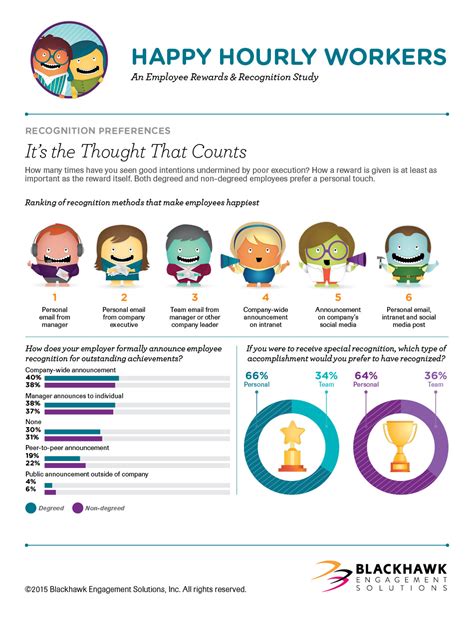Decoding Hourly Employees: What You Need To Know

Hourly employees are the backbone of many industries, from retail to hospitality to healthcare. These workers, who are paid hourly wages rather than a salary, are essential to keeping businesses running smoothly. However, managing hourly employees can be challenging, especially for employers who are new to the hiring process. In this guide, we’ll provide a comprehensive overview of everything you need to know about hourly employees, from recruitment to training to performance management.
Recruitment and Hiring
1. Define the Job Requirements
Before you begin recruiting hourly employees, you need to define the job requirements. This includes determining the job duties, necessary skills and experience, and any required certifications or licenses. Create a job description that clearly outlines these requirements to attract the right candidates.
2. Advertise the Job
Once you have a job description, you need to advertise the job to attract candidates. Some popular job posting sites include Indeed, Monster, and CareerBuilder. You can also post jobs on social media or consider using a staffing agency to help with recruitment.
3. Screen Candidates
After you’ve received applications, you need to screen candidates to determine if they meet the job requirements. This can include reviewing resumes, conducting phone interviews, or administering skills tests.
4. Conduct In-Person Interviews
Once you have a pool of qualified candidates, you should conduct in-person interviews to get a better sense of their skills and experience. Be sure to ask open-ended questions that allow candidates to showcase their abilities.
Training and Onboarding
1. Develop a Training Program
To ensure that your hourly employees are equipped with the skills they need to do their jobs effectively, you should develop a training program. This can include classroom-style training, on-the-job training, or a combination of both.
2. Provide Clear Expectations
During the onboarding process, it’s important to provide clear expectations to your new hires. This can include outlining job duties, explaining company policies, and setting performance goals.
3. Foster a Positive Work Environment
Creating a positive work environment can help hourly employees feel more engaged and motivated. This can include providing opportunities for growth and development, recognizing employee achievements, and promoting work-life balance.
Performance Management
1. Set Performance Goals
To ensure that your hourly employees are meeting expectations, you should set performance goals. These goals should be specific, measurable, and achievable, and should align with the company’s overall objectives.
2. Provide Regular Feedback
Providing regular feedback can help hourly employees understand how they’re performing and where they can improve. Be sure to provide both positive feedback and constructive criticism.
3. Address Performance Issues
If an hourly employee is not meeting expectations, it’s important to address performance issues promptly. This can include providing additional training, setting up a performance improvement plan, or, in some cases, terminating the employee’s employment.
Conclusion
Managing hourly employees can be challenging, but with the right approach, it can also be rewarding. By focusing on recruitment, training, and performance management, you can create a positive work environment and ensure that your hourly employees are equipped with the skills they need to succeed.
FAQs
Q: What is the difference between an hourly employee and a salaried employee?
A: Hourly employees are paid based on the number of hours they work, while salaried employees are paid a set salary regardless of the number of hours they work.
Q: Do hourly employees receive benefits?
A: It depends on the employer. Some employers offer benefits such as health insurance, retirement plans, and paid time off to hourly employees, while others do not.
Q: How can I motivate my hourly employees?
A: Motivating hourly employees can be challenging, but some effective strategies include providing opportunities for growth and development, recognizing employee achievements, and promoting work-life balance.
